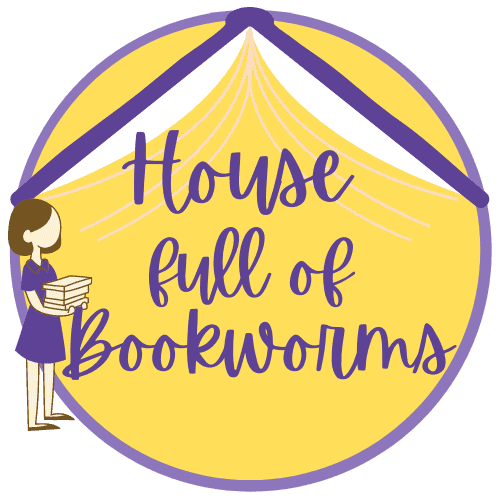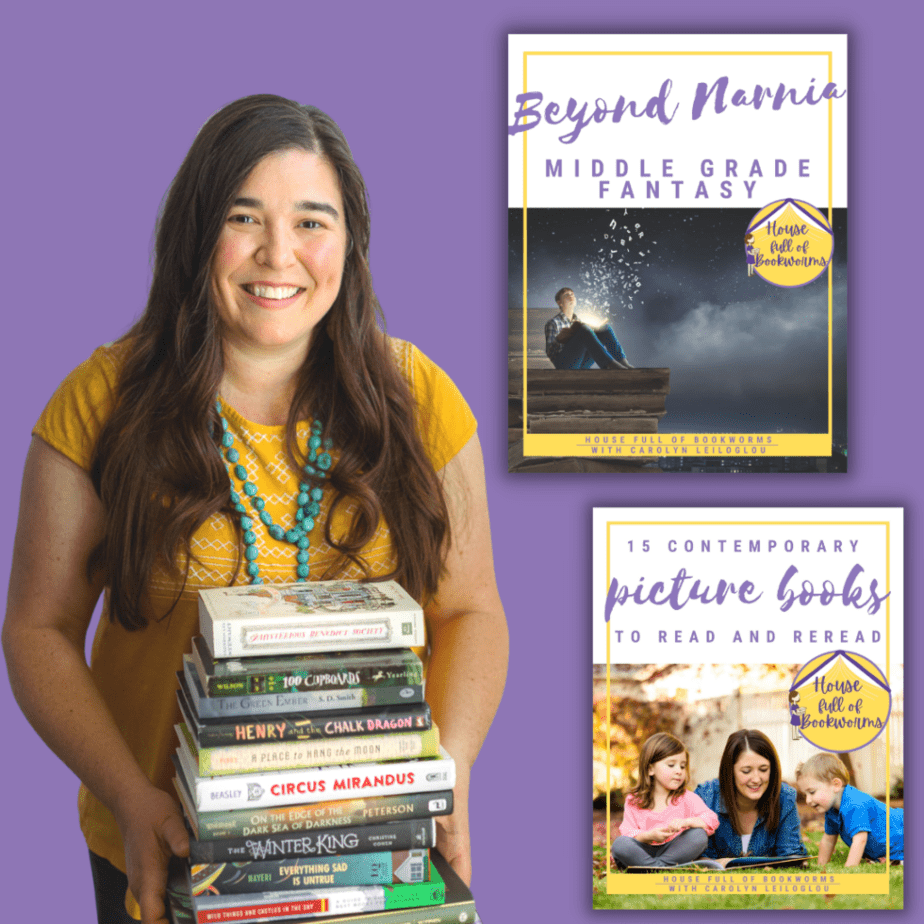There I was, at the public library, perusing the juvenile biographies. I was Looking for the 26 Fairmont Avenue books by Tommie de Paula when something else caught my eye.
It wasn’t just the bright blue cover or the interesting title. I knew El Deafo had won a Newbery Medal this year.
But I had no idea this was an autobiography.
Perhaps I can be excused for not realizing this since graphic novels (oh, I didn’t realize it was a graphic novel either) featuring anthropomorphized rabbits are not typically autobiographical. After all, rabbits can’t write.
So, despite the fact that I don’t usually care for graphic novels (too much visual information gives me a headache), I was intrigued enough to check out El Deafo.
I was pleasantly surprised. But, considering that it won a Newbery, perhaps I shouldn’t have been.
El Deafo tells the story of Cece Bell who became profoundly deaf at the age of four after a severe case of meningitis. The graphic novel format perfectly captures how it felt for her to lose her hearing while still being too young to understand. Bell uses the speech bubbles throughout the book to indicate things as young Cece actually hears them whether quiet (gray or fading), loud (large), or garbled (nonsense words).
As she states in the postscript, the book is meant to relate more of how she felt as a child rather than to adhere strictly to the exact details of her childhood. And El Deafo certainly does a good job of showing how Cece felt as a child. She was often isolated and self-conscious about the large, external hearing aid she had to wear, yet she had an imaginative thought-life.
The name of the book comes from the superhero version of herself she invented. She imagined being bold as El Deafo, speaking her mind (and occasionally lashing out at those who are hurting her, whether they do so intentionally or not). In the end, Cece finds that being deaf has given her a certain superpower and a way to gain friends.
I love how El Deafo can show kids life through the eyes of someone different from themselves. All kids feel different or isolated at some point in their lives. I think it’s great for them to see through Cece’s eyes and think about how someone who maybe looks more obviously different from them may have many of the same feelings that they do.
El Deafo also explores what it means to be a friend. Throughout the book, Cece has three main friends, each of whom treat her very differently. Each relationship has its own complications. It would be great to discuss these friendships with your kids.
As far as content, there is a small amount of rude humor and classroom misbehavior. Also, the last third of the book focuses a good deal on Cece’s crush.
Overall, I would definitely recommend this book for older elementary schoolers and up. Graphic novels don’t really lend themselves to reading aloud, but El Deafo is a quick read (it only took me a couple of hours), and I think it’s worthwhile for parents to read it and talk about it with their kids.
(By the way, my 8 and 10-year old each read this book at least three times in the two weeks we had it from the library!)
Have you read El Deafo or any other surprising biographies?







I LOVE juvenile biographies, but we haven’t picked up El Deafo yet. My oldest is 7, and it’s getting harder to find books that don’t include boy/girl relationships (er, crushes). We’ll put it on the list for when she’s a bit older.
We haven’t read this one yet, but I LOVE juvenile biographies! My daughter is 7, and I’m finding it harder and harder to find chapter books that don’t include “romantic” boy/girl relationships/crushes. I know it won’t be long before we’re there, but I’d like to hold off a little longer!
Yes, I agree on keeping the relationship focus to a minimum in books (and screen-time). That was the main drawback of this book in my opinion. Thanks for stopping by!
Pretty excited as our library has this! Just reserved. Actually I have a mild hearing loss (have hearing aids) so will be good to help my kids understand my feelings at times (besides me explaining)
I hope y’all enjoy it! My kids literally each read it three times in the week that we had it. It’s always great for kids to develop empathy with others. Thanks for stopping by! 🙂
Thanks for this review! My oldest (13 yrs. old) has hearings aids in both ears. Sounds like it would be a good read for our family. I appreciate your post! Glad to have clicked over from Literacy Musing Mondays. 🙂 Have a great week!
I would be so interested to hear what your daughter thinks of El Deafo! Definitely read the authors notes in the back, too. Thanks for stopping by! 🙂
Thanks for sharing this important title on Literacy Musing Mondays. It sounds like such a cute story.